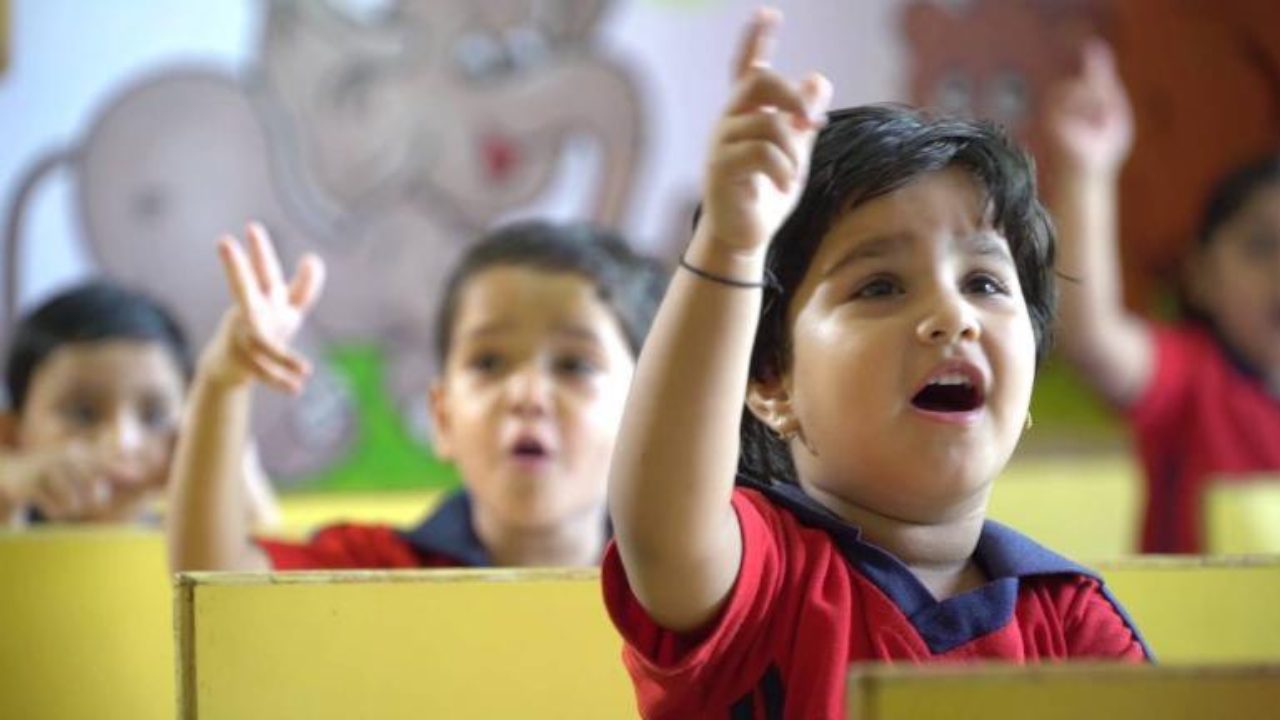The enrolment of students in pre-primary level and Class 1 declined by nearly 29 lakh and 18 lakh respectively in 2020-21 as compared to 2019-20 owing to the impact of the COVID-19 pandemic, according to a report released by the Education Ministry on Wednesday.
Also, the total enrolment of Children With Special Needs (CWSN) in 2020-21 stands at 21.69 lakh as compared to 22.49 lakh in 2019-20 showing a decrease of 3.56 percent.
However, the total students enrolled in school education from primary to higher secondary in 2020-21 saw an increase of 28.32 lakh from 2019-20.
This was stated in the report by Unified District Information System for Education Plus (UDISE+) 2020-21 on school education in India.
”Although the impact of the COVID-19 pandemic is cross-cutting, this is particularly noticed in the enrolment of young and vulnerable kids like pre-primary, class 1 and Children With Special Needs (CWSN) and it may be attributed to postponement of admissions due to COVID-19,” said the report.
In 2020-21, total students enrolled in school education from primary to higher secondary stood at 25.38 crore. There is an increase of 28.32 lakh enrolments as compared to the 25.10 crore enrolment in 2019-20.
”However, enrolment of students in pre-primary level and class 1 has reduced by 29.1 lakh and 18.8 lakh respectively in 2020-21 as compared to 2019-20. This may also be due to postponement of school admission of young children during the pandemic,” it stated.
During 2020-21, 39.7 lakh students of government-aided and private schools shifted to government schools.
The Gross Enrolment Ratio (GER) which measures the general level of participation has improved in 2020-21 at all levels of school education compared to 2019-20, said the report.
Level wise GER in 2020-21 as compared to 2019-20 are: 92.2 percent from 89.7 percent in upper primary, 99.1 percent from 97.8 percent in elementary, 79.8 percent from 77.9 percent in secondary and 53.8 percent from 51.4 percent in higher secondary respectively. According to the report 96.96 lakh teachers are engaged in school education during 2020-21. This is higher by about 8800 in comparison with number of teacher in school education in 2019-20.
In 2020-21 the Pupil Teacher Ratio (PTR) stood at 26 for primary, 19 for upper primary, 18 for secondary and 26 for higher secondary, showing an improvement since 2018-19.
The PTR for primary, upper primary, secondary and higher secondary was 28, 20, 21, and 30 respectively during 2018-19.
In 2020-21 over 12.2 crore girls are enrolled in primary to higher secondary showing an increase of 11.8 lakh girls compared to the enrolment of girls in 2019-20.
The percentage of teachers teaching only primary (36 percent in 2020-21 from 37 percent in 2019-20) and only upper primary (22 percent in 2020-21 from 23 percent in 2019-20) has reduced, it said.
”This reduction in share has been compensated mainly through percentage of teachers teaching secondary and higher secondary (four percent in 2020-21 from three per cent in 2019-20), primary and upper primary (eight percent in 2020-21 from seven percent in 2019-20),” the report said.
There were 47.1 lakh female teachers in 2018-19, which has gone up to 49.5 lakh in 2020-21. On the other, there were 47.2 lakh male teachers in 2018-19, which has gone up to 47.5 lakh in 2020-21.
”However, from upper primary level onwards, number of male teachers is more than number of female teachers,” it said.
The report also stated that infrastructural facilities like functional electricity, functional drinking water have also seen a progress in 2020-21.
Schools with functional electricity have made impressive progress during 2020-21 with net addition of 57,799 schools provided electricity.
Now 84 percent of the total schools have functional electricity facility in comparison with 73.85 percent in 2018-19 showing remarkable improvement of 10.15 percent during the period, it said.
Percentage of the school with functional girl’s toilet facility saw a minor increase to 93.91 percent in 2020-21 from 93.2 percent in 2019-20 by adding the facility in additional 11,933 schools during the year.
















